Who needs a ridge, anyway?
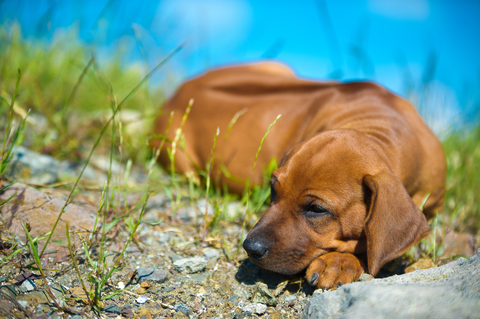
Not surprisingly, Ridgeback breed culture has always revolved around the ridge.
Ever since the breed’s name was changed from African Lion Dog to Rhodesian Ridgeback, the message was clear: This native breed of southern Africa was special not because it hunted the king of beasts, but rather for the backward-growing stripe of hair up its back.
Early Ridgeback fanciers in America heard the message loud and clear from their African mentors across the pond: Puppies without ridges were not considered typical of the breed, and were often culled, or euthanized, at birth. (It’s important to remember that 50 years ago, attitudes about companion animals – and their expendability – were significantly different from today.) Thankfully, most modern breeders across the globe see ridgeless puppies for what they are – wonderful, loving pets for the families who are lucky enough to own them.
In this age of tremendous genetic advancement and study, we no longer need a ridge to tell us if a dog is a purebred Ridgeback: His DNA can now tell us.
So that begs the question: Do we need a ridge at all?
I think the answer is yes, for two reasons.
First, the ridge helps the Rhodesian Ridgeback distinguish itself from other athletic, short-coated, red dogs. Some Redbone Coonhounds, for instance, do a very credible Ridgeback impersonation.
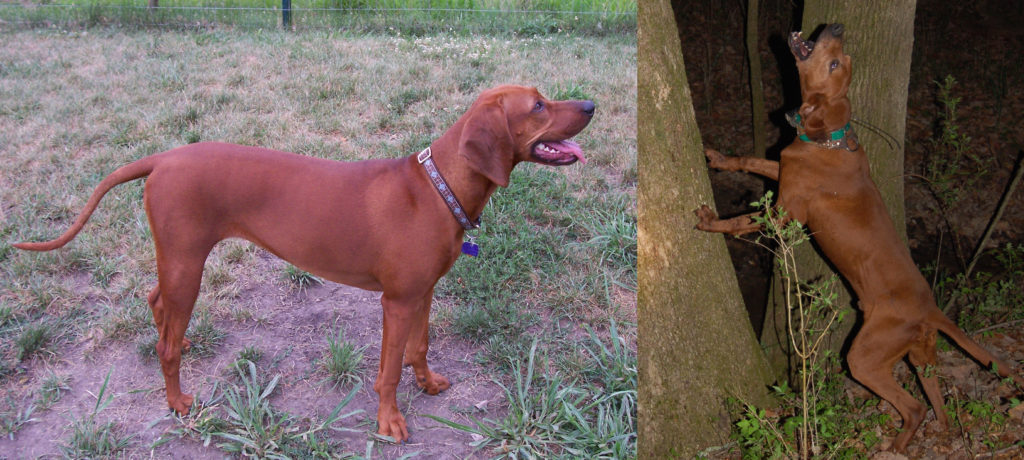
Two Redbone Coonhounds. Couldn’t they be confused for Ridgebacks at first glance?
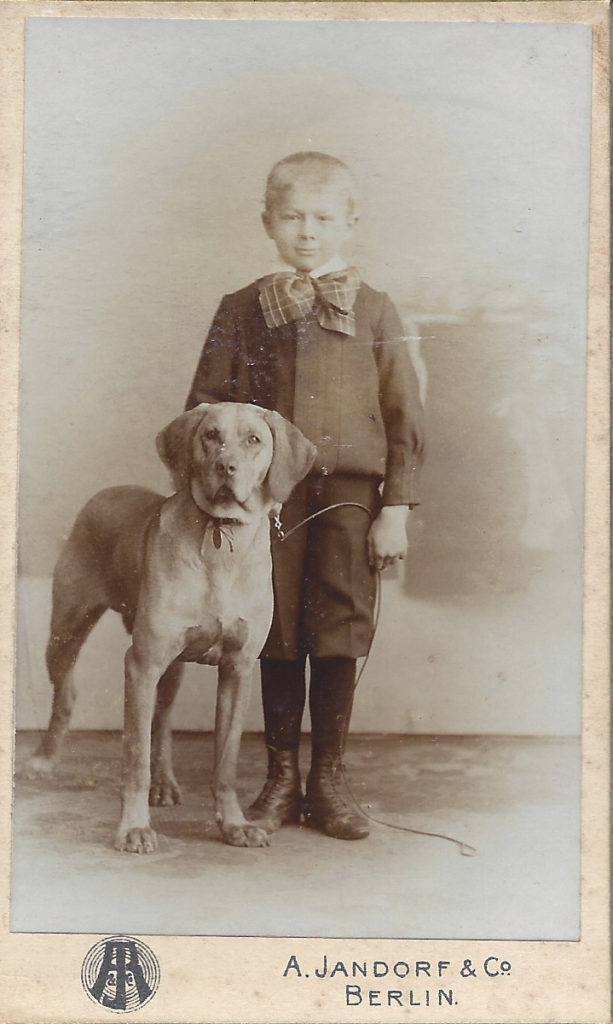
Ridgeback or not? Given the time period — late 19th-Century Germany — likely not.
And take a look at the 19th Century cabinet card at left, which was being sold on eBay as a portrait of a Ridgeback. First of all, there is no historical evidence of Ridgebacks existing in Germany in the 1880s and ’90s, when this photograph was taken; the breed was still in its infancy in southern Africa, and looked very little like the modern breed we know today, which really started to emerge in the 1930s and ’40s.
But if I saw this long-ago dog on the street, I might wonder if he was a brown-nosed Ridgeback – albeit a too-houndy one who had some Labrador Retriever overtones. And I’d check his back for a ridge.
The other reason why we shouldn’t consider the ridge obsolete came up at the Rhodesian Ridgeback World Congress in Sweden over the summer. Geneticist Nicolette Salmon-Hillbertz pointed out that ridges have persisted in the indigenous dogs of southern Africa for millennia, without any interference from humans, and nature doesn’t keep traits around unless they provide some benefit to the animal carrying them. So, she posited, the ridge must be beneficial to Africa dogs – otherwise nature would have long ago extinguished it.
Reinforcing that theory was Helle Lauridsen of Lewanika Ridgebacks in Denmark, who shared this story: When she was living in Western Zambia, working with local craftspeople, she came across a group of refugees from the Angolean war living in the deep roadless bush who had a litter of puppies, all ridged in a wide variety of shapes and places. These ridged puppies were accorded special status: They were well fed and were even permitted to play and sleep inside the dwelling with family members. When Helle asked about buying one of the ridged dogs, she was told most emphatically no: These were very special dogs, the owner explained. Money could buy food for some months, but a good dog could feed a family for years.
Helle takes pains to point out that these villagers had never met a white person before she visited, so they knew of no “myths” surrounding the value of ridged dogs that had come from outside their culture. Rather, their attitude about the value of the ridged dogs was a result of their experience with them for as far back as their oral history extended.
Sometimes there’s more to truth than what can be measured with calipers and yardsticks, so I’m for keeping the ridge, and its mysterious, hidden benefits.
What do you think?
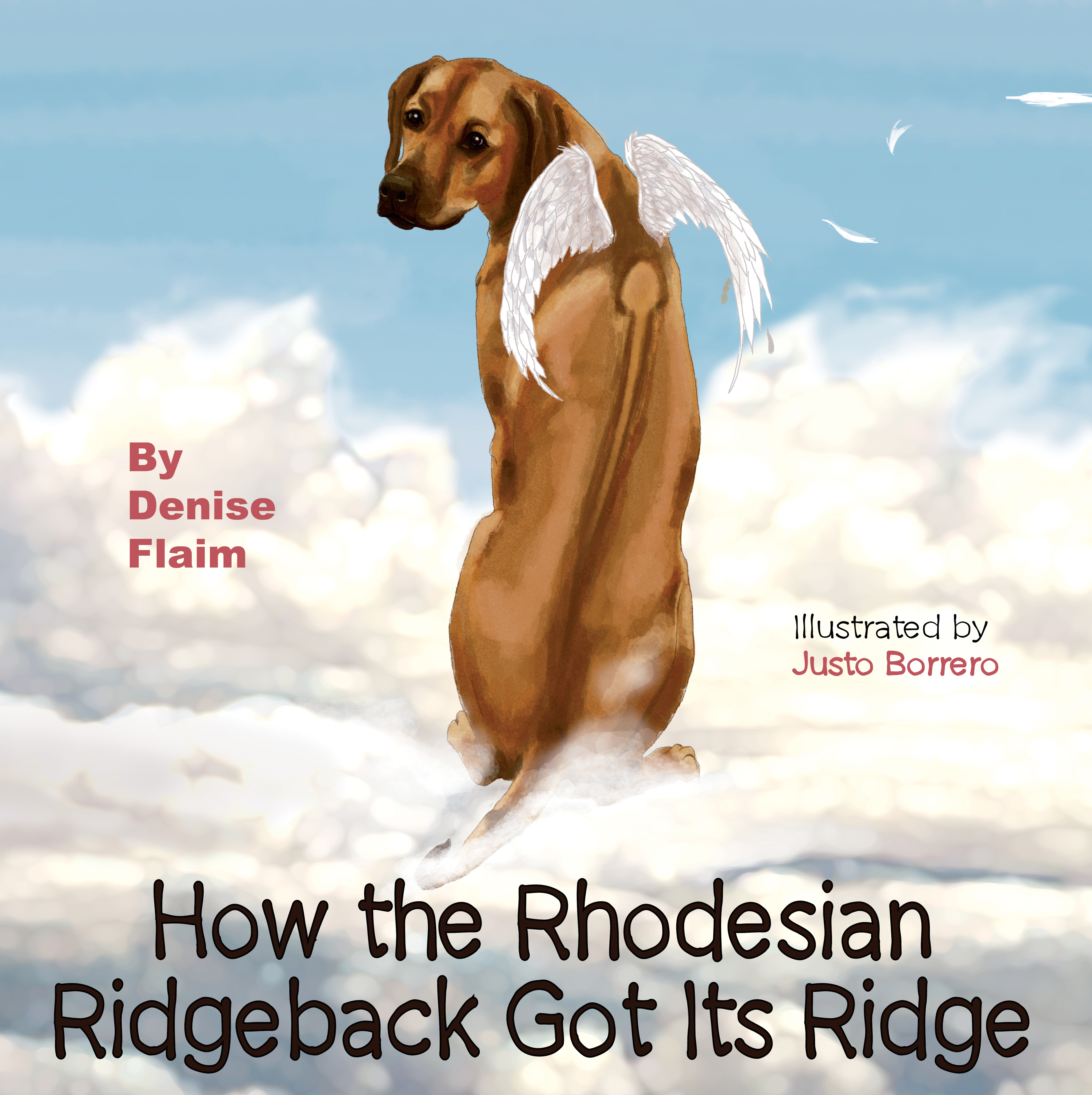
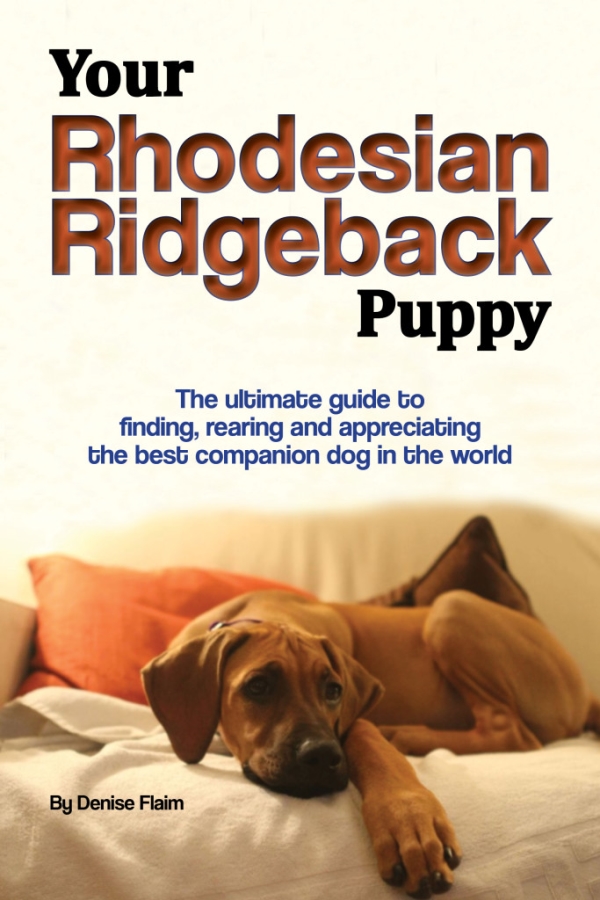
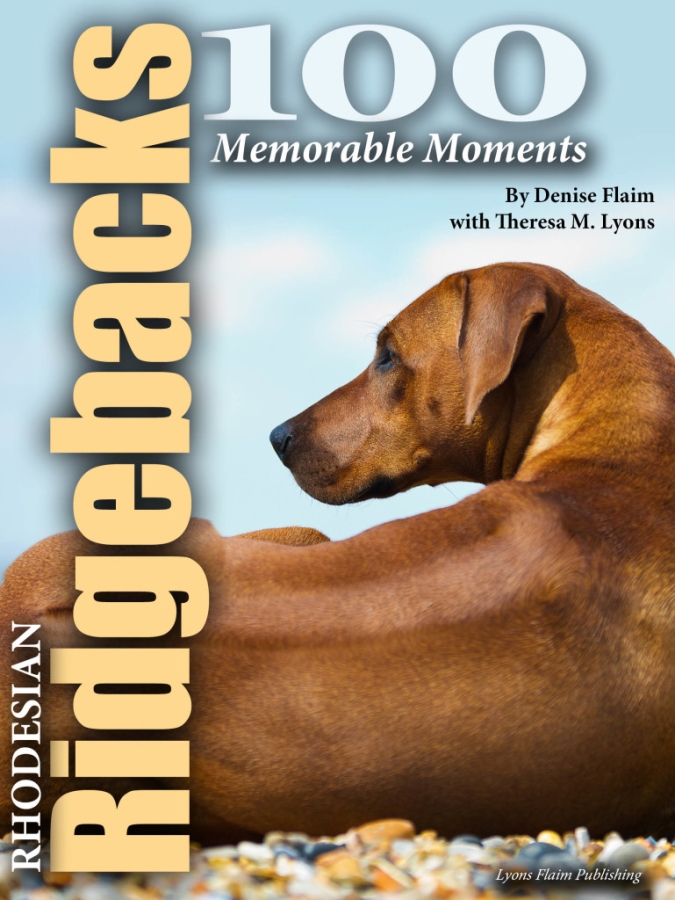
Wow such a good article!
I have a 2y.old RR with out the ridge. He is the sweetest dog in the world. This is my first RR I’ve always had German Shepherds.My Rudy is very sensitive,a little to sen. if I have to repamand him, he looks like he’s gonna cry. Never saw anything like it !so needless to say I treat him with kit cloves. But he’s so worth it. I love him so very much. ❤️❤️🐶🐶❤️❤️❤️🐶🐶❤️❤️
Our RR mix is also very sensitive and loving. Her facial expressions when she may be in a little trouble is heart wrenching and the literally hugs us repeatedly. She’s a lover but a great watch dog at the same time
I have a RR she is going on 3.She is a wonderful dog,sensitive also..pouts if i even talk stern…can anyone tell me does their RR go into this very aggressive stance…head down..shoulders up..and the look …that scares…????
I was always told it was to make them blend in better when tracking lions in Africa.